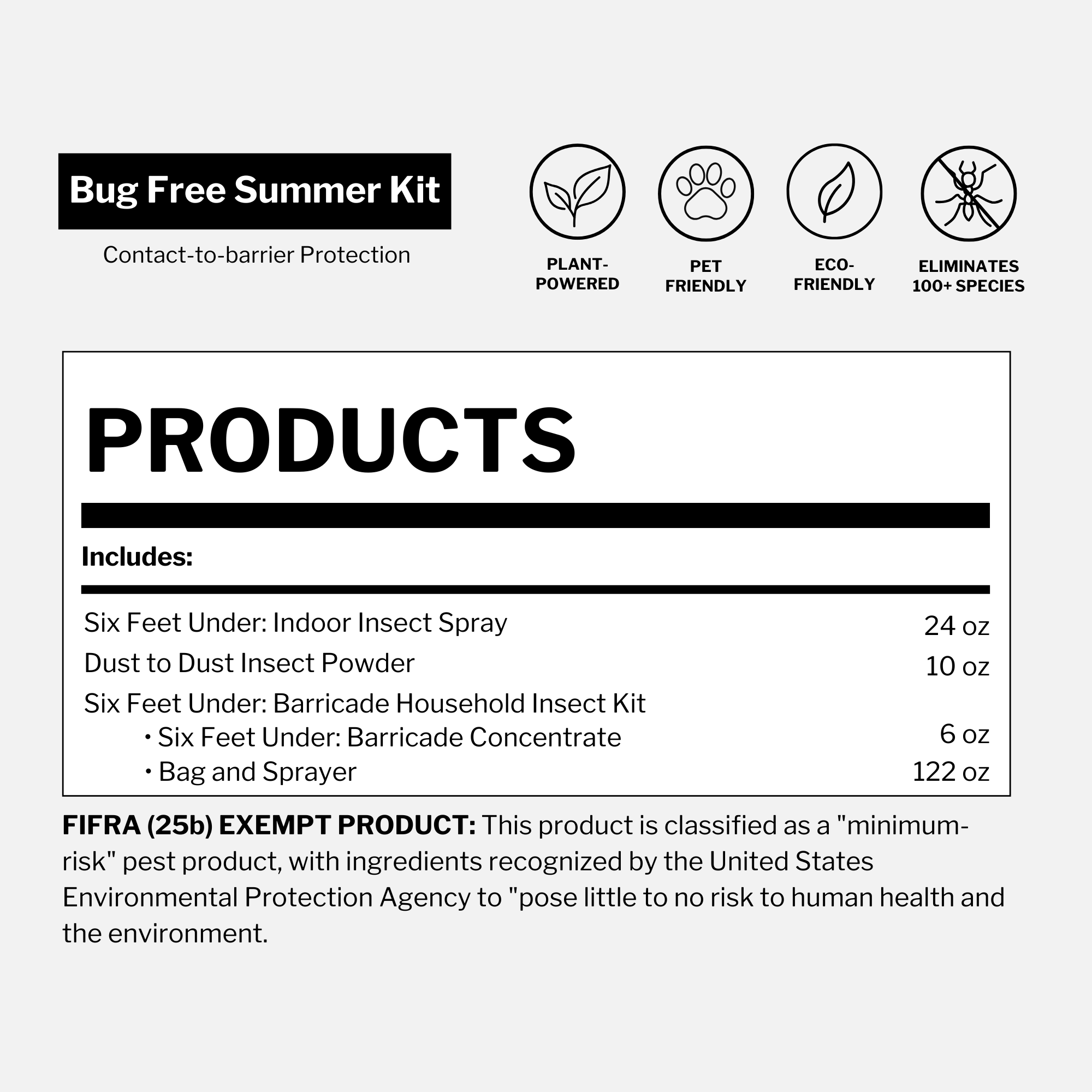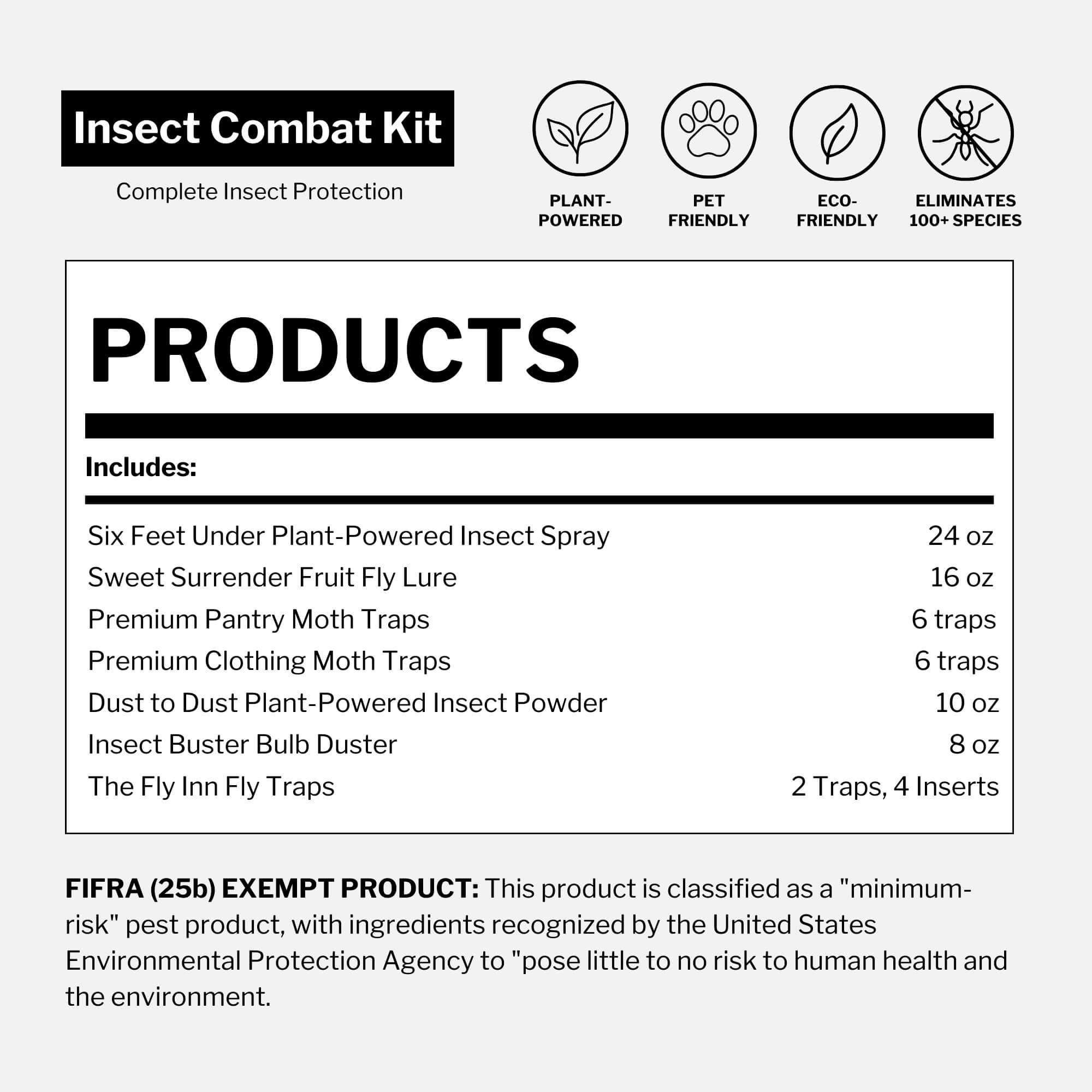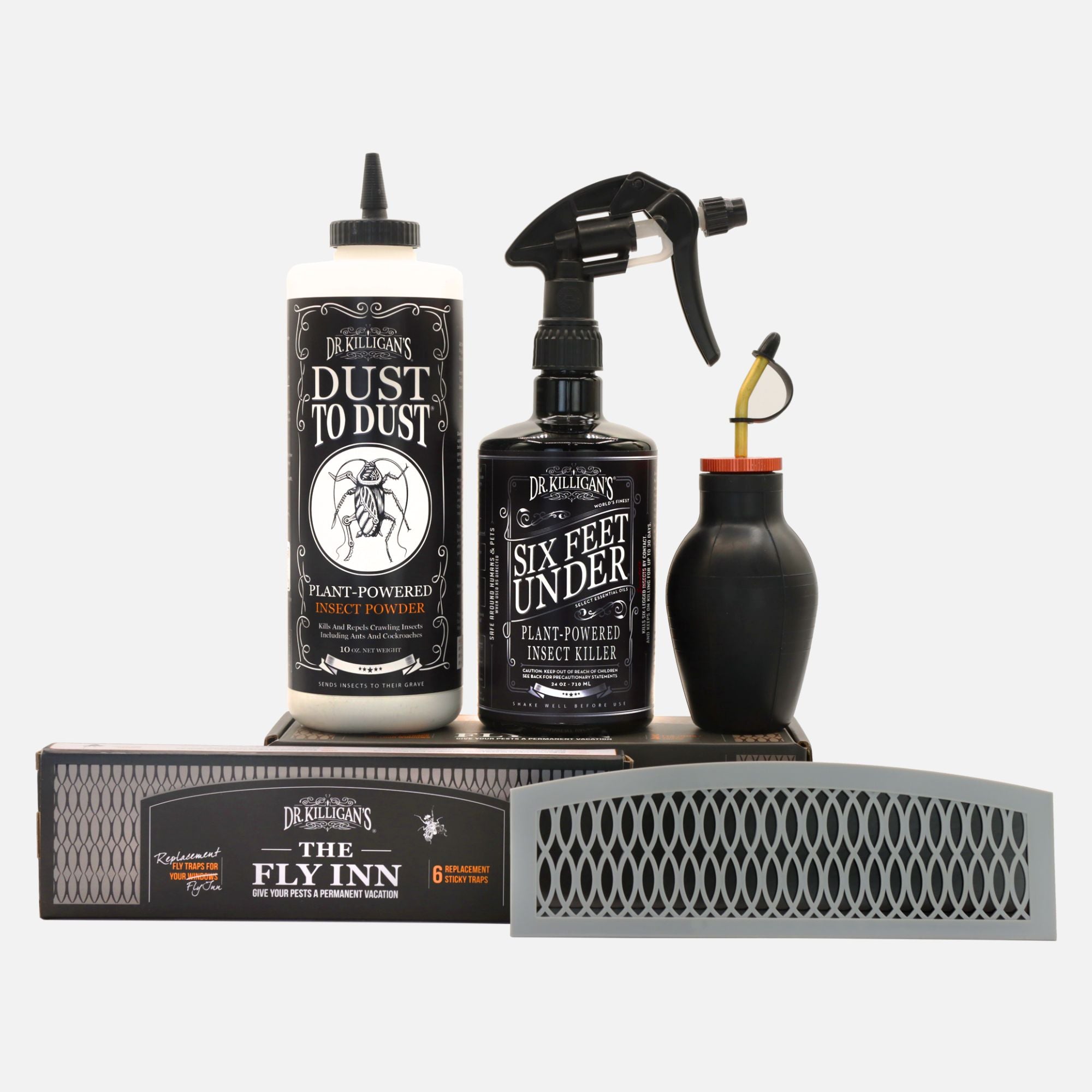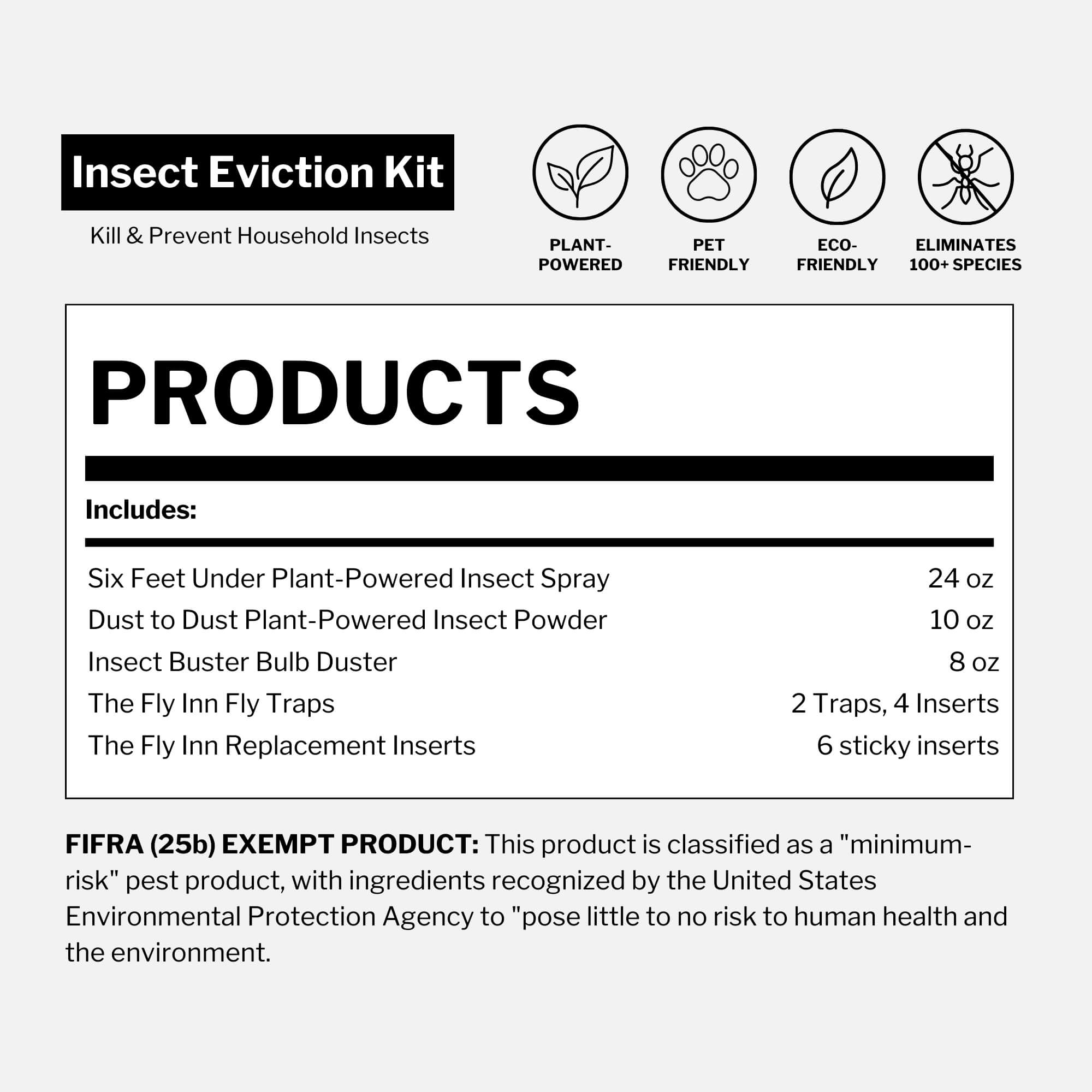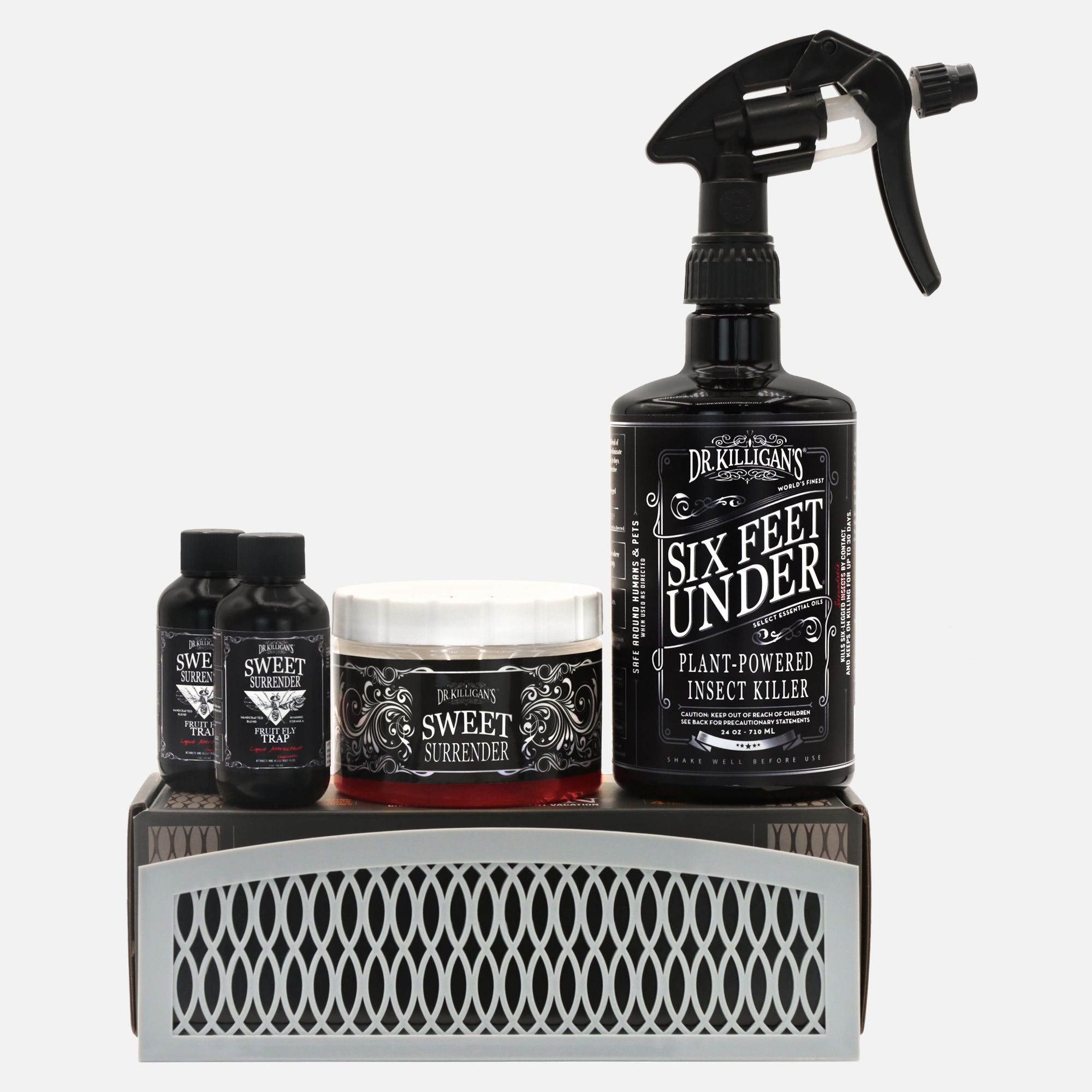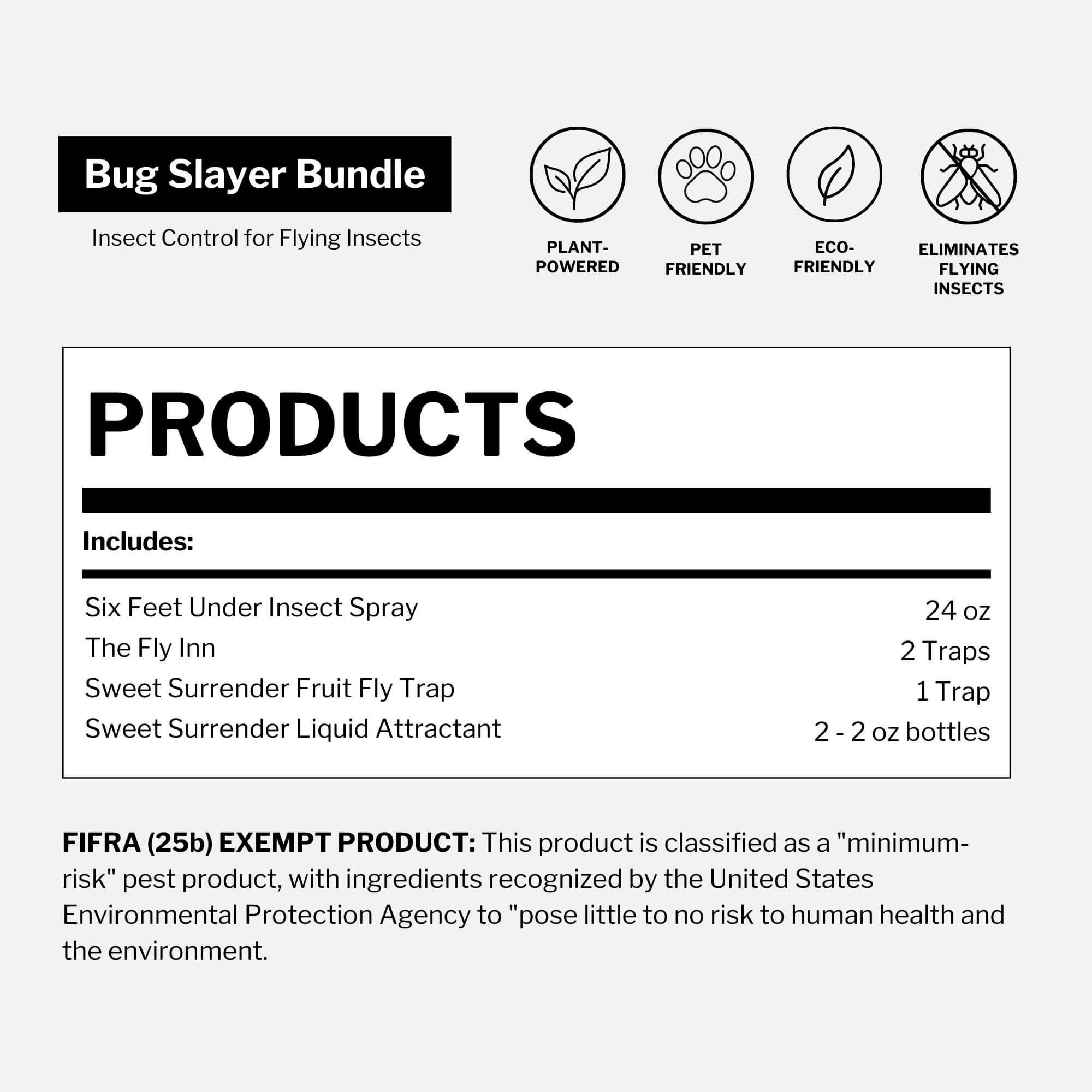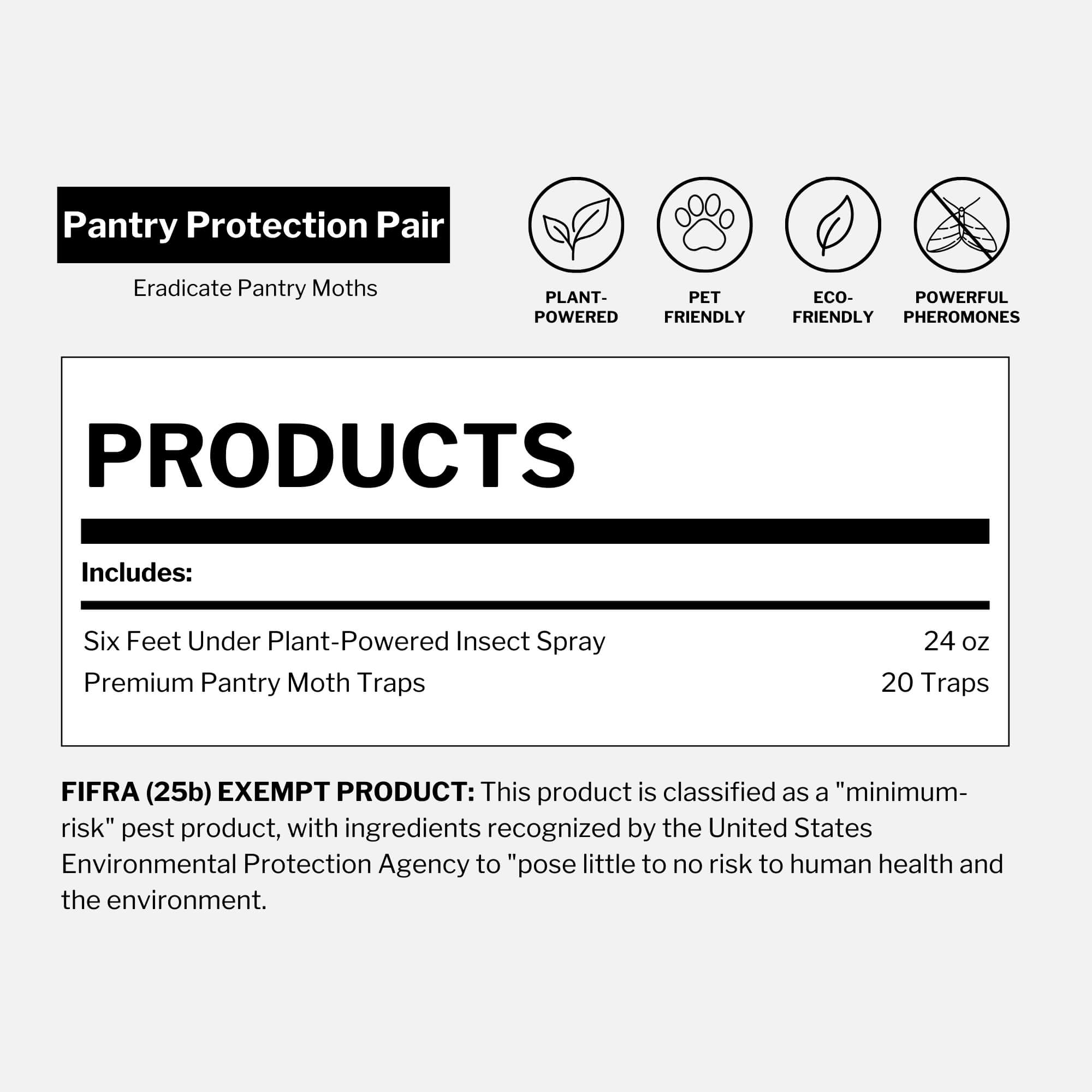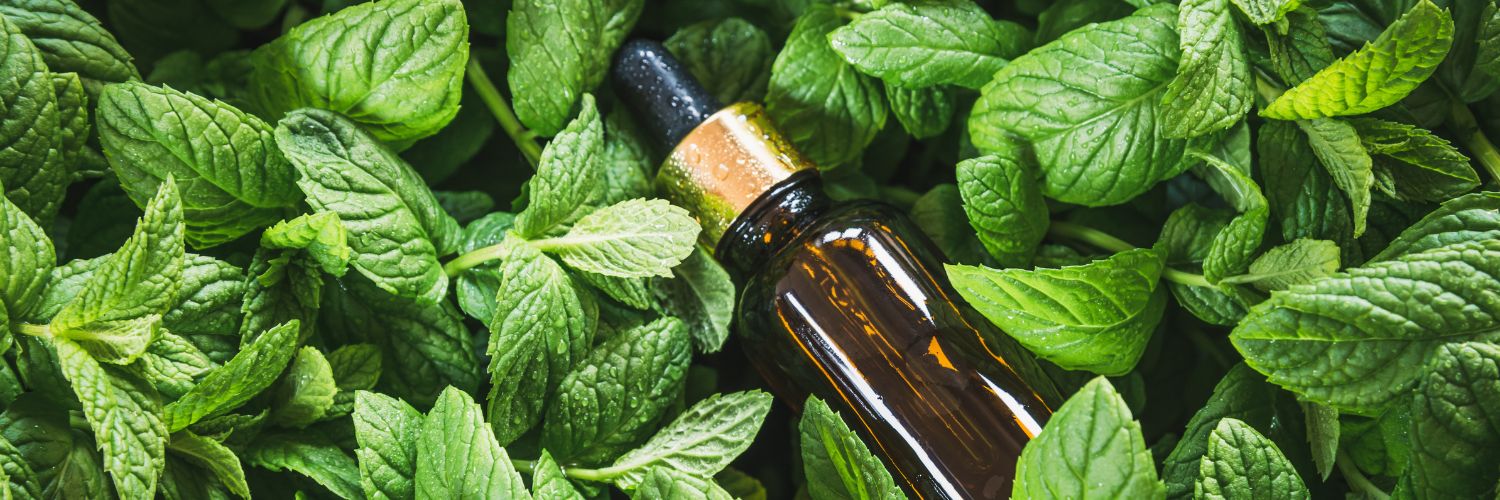Quick Summary
The safest non-toxic bug sprays for toddlers use EPA 25(b) minimum-risk ingredients such as soybean oil, clove oil, and cinnamon oil. Avoid direct skin use; instead, apply to surfaces near play areas. Six Feet Under® Indoor Insect Spray is a tested, plant-powered option that kills and repels 50+ insects while remaining safe when used as directed.
What Makes a Bug Spray “Non-Toxic”?
“Non-toxic” refers to sprays made with EPA-recognized minimum-risk ingredients that pose little or no threat to human health or the environment when used properly.
- Soybean oil – acts as a physical barrier against insects.
- Cinnamon and clove oil – disrupt insects’ nervous systems naturally.
- Plant-based surfactants – enhance contact and residual action.
Such formulas are FIFRA 25(b)-exempt, meaning they don’t require chemical pesticide registration due to their low toxicity.
Explore our full range of natural bug-killers & insect powders for home use.
Why Conventional Sprays May Not Be Ideal for Toddlers
Many bug sprays use DEET or pyrethroids—chemicals effective against insects but not designed for repeated exposure on young, sensitive skin.
Risks include:
- Skin irritation or redness
- Accidental inhalation during spray application
- Chemical residue indoors or on toys
Parents seeking safer alternatives should choose contact-only, plant-powered sprays and follow clear application guidelines. Consider our Bug Free Summer Kit for full-home, non-toxic coverage.
What to Look For in a Safe Bug Spray for Toddlers
| Criteria | Why It Matters |
|---|---|
| FIFRA 25(b) Compliance | Confirms use of minimum-risk, plant-based ingredients. |
| No Synthetic Fragrances | Reduces allergic reactions for sensitive skin. |
| Contact + Residual Kill | Offers fast results and up to 30-day protection. |
| Clear Labeling | “Safe when used as directed” ensures tested safety parameters. |
These criteria are fully met by Six Feet Under®, our flagship plant-powered insect spray.
How to Use Non-Toxic Bug Spray Around Kids
- Never spray directly on skin or clothing. Instead, treat window frames, doorways, and stroller fabrics.
- Allow surfaces to dry completely before children return to the area.
- Avoid spraying near food or toys.
- For outdoor use, apply on picnic tables, patio railings, or stroller wheels—not hands or faces.
For outdoor perimeters, our Six Feet Under® kit can be applied to entry points and baseboards safely.
FAQs
-
What is the safest non-toxic bug spray for toddlers?
Look for sprays using EPA 25(b) minimum-risk ingredients like soybean, clove, and cinnamon oils. Six Feet Under® Plant-Powered Insect Spray is one such example, safe when used as directed. -
Can I use essential oil bug spray directly on my child’s skin?
No. Even gentle formulas should be applied to nearby surfaces or fabrics, not skin, to avoid irritation. -
How long does a non-toxic bug spray last?
Some plant-based sprays, like Six Feet Under®, provide residual protection for up to 30 days on porous surfaces. -
Is DEET-free bug spray less effective?
No. Modern natural formulations use essential oils that deliver rapid contact kills and proven repellency—without synthetic chemicals.
Closing Thought
The safest bug spray for toddlers doesn’t rely on brute force—it uses nature’s own intelligence. When you choose a plant-powered formula, you’re protecting your child and your conscience.
Explore Six Feet Under® — crafted for families who believe that safety, science, and style belong in the same bottle. Or see our natural pest control collection to reclaim your home from unwanted guests.
Restore your Confidence, Peace, and Control.




